Prepare a wine tasting at home
Simple steps to enjoy a wine tasting with family or friends

First of all, we need a clear table to place all the elements that we are going to use in our game, pencil paper and, if we have it at hand, a blindfold like the ones given on planes for resting. By covering our eyes, we will be able to strengthen both our sense of taste and our sense of smell and make the game more fun.

As many of you may know, wine tasting consists of three stages: the appearance, the nose and the palate. In this case we will focus on the second one, for which we can use the following elements to identify the most frequent aromas in wines.
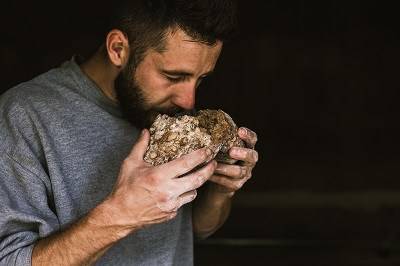
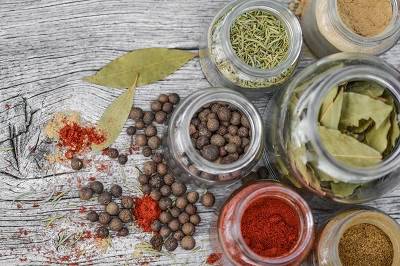
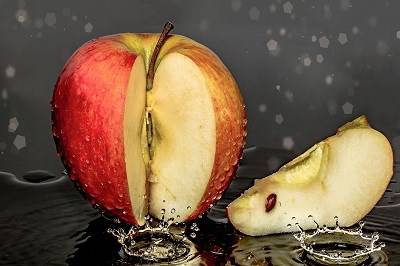
In this case we will focus on the palate, we will experience the most basic sapid sensations, so that when the case arises, it will be easier for us to detect them when tasting a wine.
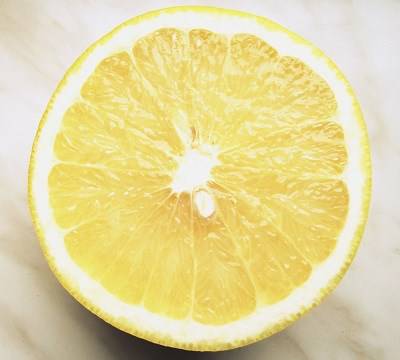
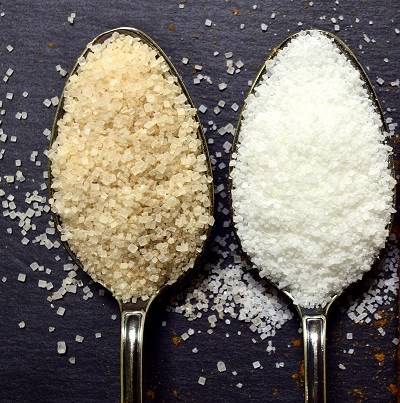
If we try to go from one flavour to another with our eyes closed, it will be more fun, as we will realise how difficult it is sometimes for our brain to take in every new sensation, and we will probably need a few seconds for our taste buds to get used to it and identify which one it is. Are you up for a try?
Simple steps to enjoy a wine tasting with family or friends
Excitement and hope in the Marco de Jerez region over the creation of a new designation of origin for traditional wines, seeking to attract young consumers with a sustainable and quality approach, projected for Europe in 2025.
At Peñín we are already focusing on the 2025 Guide, which begins its tasting tour this January to reach October with the most complete Guide to Spanish wines in the world.